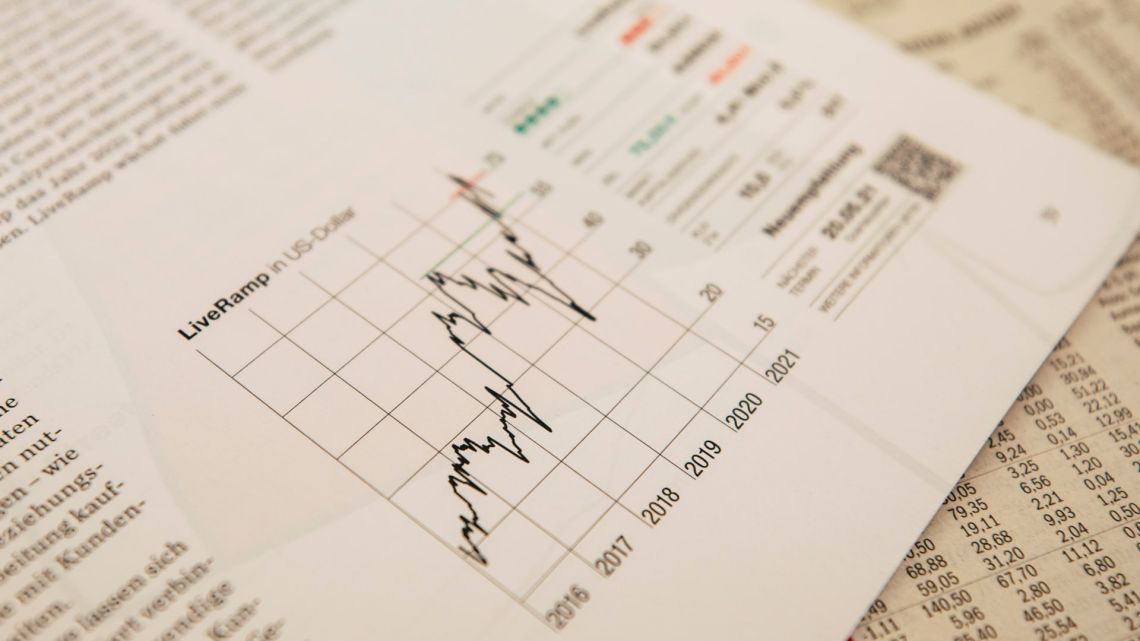
The latest data reveals that U.S. wholesale prices remained unchanged in November, indicating a gradual decline in inflation. The decline can be attributed to the decrease in gas prices, although prices across most major categories have also remained subdued.
According to economists surveyed by the Wall Street Journal, the forecast predicted a 0.1% increase in the producer-price index, but the actual reading came out flat.
The recent report on consumer prices also showed a slight moderation in inflation. Both indicators suggest a significant slowdown in prices, which is likely to keep the Federal Reserve from making any changes to interest rates during their upcoming meeting.
Wholesale costs often serve as a precursor to future inflation trends. Over the past 12 months, the rate of increase in wholesale prices has slowed from 1.2% to 0.9% compared to the previous month.
The government's data also provides insights into the "core" wholesale prices, which exclude volatile factors such as food, energy, and trade margins. These core prices increased by 0.1% last month, indicating a more accurate prediction of future inflation trends.
Notably, the increase in core prices over the past year decelerated to 2.5% from 2.8%, reaching the lowest level since February 2021.
Although wholesale prices have experienced a more significant decline than consumer prices, these two measures tend to move together over time.
Senior officials at the Federal Reserve anticipate that inflation in the U.S. will continue to decrease as higher interest rates contribute to slowing down the economy.
As of Wednesday trades, before the market opened, the Dow Jones Industrial Average (DJIA) and S&P 500 were projected to open higher. The yield on the 10-year Treasury note also dipped to 4.18%.













Write Your Comment